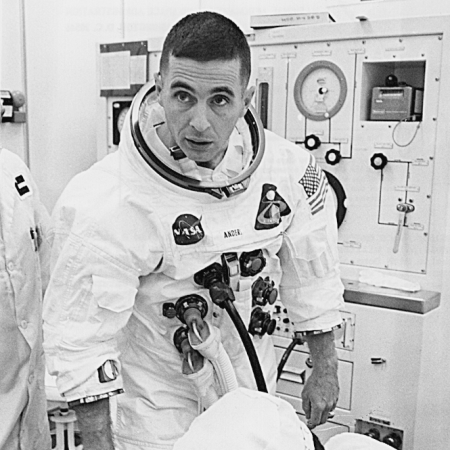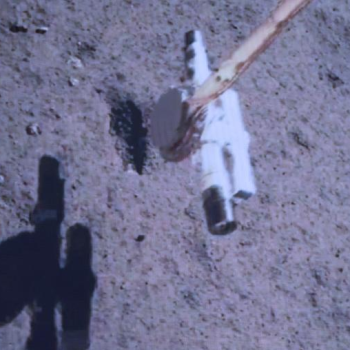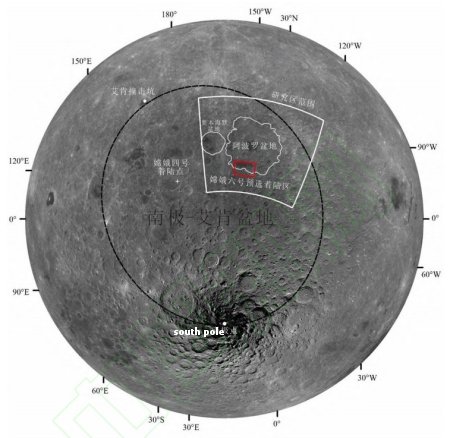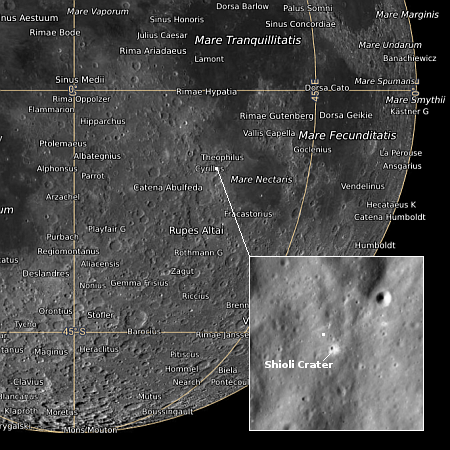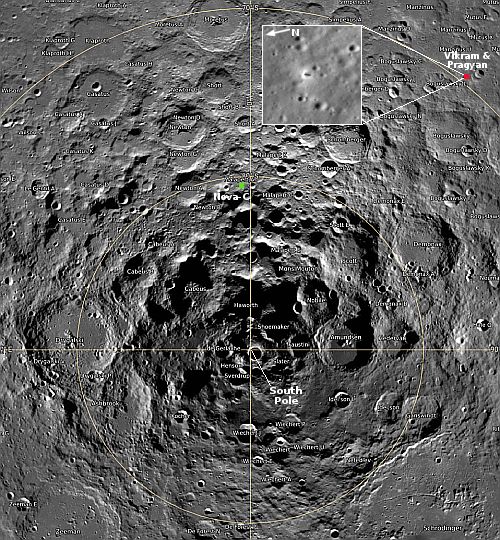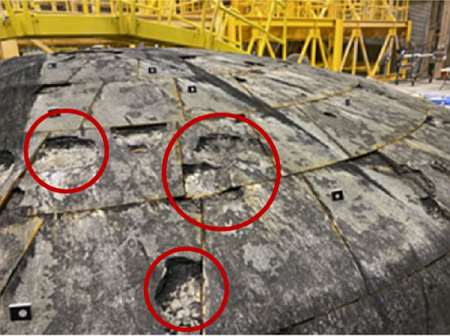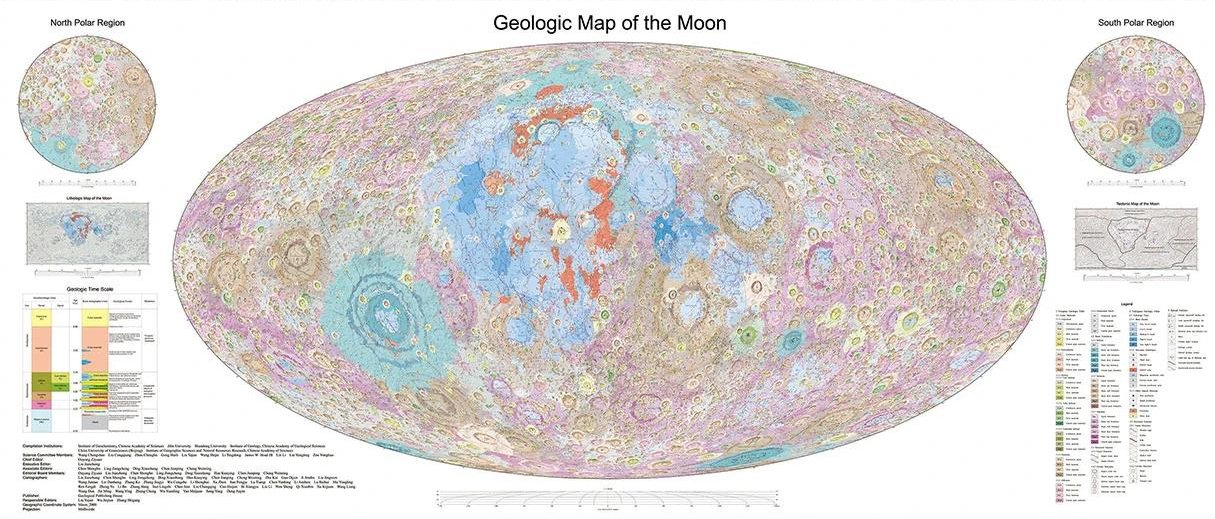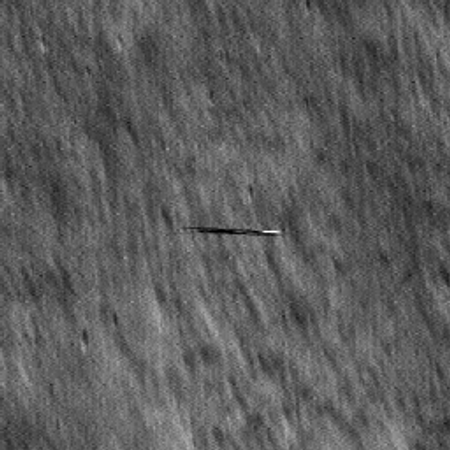Chang’e-6 brings back the first lunar samples from Moon’s far side
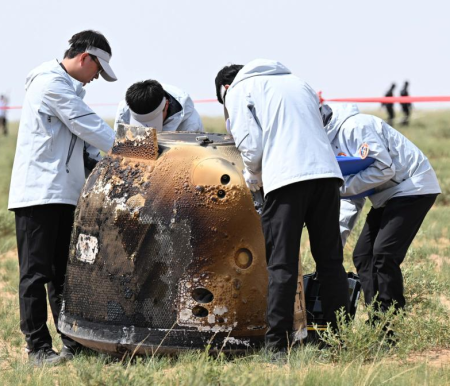
Engineers inspecting and opening Chang’e-6’s
sample return capsule after landing today.
Click for original image.
According to China’s state-run press, the sample return capsule of its Chang’e-6 lunar mission successfully landed today in the inner Mongolia region of China, bringing back the first lunar samples from Moon’s far side.
Under ground control, the returner separated from the orbiter approximately 5,000 km above the South Atlantic. The capsule entered the Earth’s atmosphere at about 1:41 p.m. at an altitude of about 120 km and a speed of nearly 11.2 km per second. After aerodynamic deceleration, it skipped out of the atmosphere and then began to glide downwards, before re-entering the atmosphere and decelerating for a second time.
At around 10 km above the ground, a parachute opened, and the returner later landed precisely and smoothly in the predetermined area, where it was recovered by a search team.
The returner is set to be airlifted to Beijing for opening, and the lunar samples will be transferred to a team of scientists for subsequent storage, analysis and study, said the CNSA. [emphasis mine]
The highlighted sentence is important. China has now successfully flown this atmospheric skip maneuver twice on returning from the Moon. Though both missions were unmanned, the technical knowledge gained from these flights is critical for their plans to send astronauts to the Moon in the next few years.
I have embedded China’s broadcast of the landing below. The sample capsule will now be carefully opened and the samples distributed first to Chinese scientists and later to China’s various partners in its lunar base project. The samples themselves came from a small mare region on the edge of Apollo Crater inside South Aitken Basin, one of the largest impact basins on the Moon. It is thus hoped that the samples were excavated from deep within the Moon during the impact, and will provide new data on the Moon’s make-up and history.
» Read more

Engineers inspecting and opening Chang’e-6’s
sample return capsule after landing today.
Click for original image.
According to China’s state-run press, the sample return capsule of its Chang’e-6 lunar mission successfully landed today in the inner Mongolia region of China, bringing back the first lunar samples from Moon’s far side.
Under ground control, the returner separated from the orbiter approximately 5,000 km above the South Atlantic. The capsule entered the Earth’s atmosphere at about 1:41 p.m. at an altitude of about 120 km and a speed of nearly 11.2 km per second. After aerodynamic deceleration, it skipped out of the atmosphere and then began to glide downwards, before re-entering the atmosphere and decelerating for a second time.
At around 10 km above the ground, a parachute opened, and the returner later landed precisely and smoothly in the predetermined area, where it was recovered by a search team.The returner is set to be airlifted to Beijing for opening, and the lunar samples will be transferred to a team of scientists for subsequent storage, analysis and study, said the CNSA. [emphasis mine]
The highlighted sentence is important. China has now successfully flown this atmospheric skip maneuver twice on returning from the Moon. Though both missions were unmanned, the technical knowledge gained from these flights is critical for their plans to send astronauts to the Moon in the next few years.
I have embedded China’s broadcast of the landing below. The sample capsule will now be carefully opened and the samples distributed first to Chinese scientists and later to China’s various partners in its lunar base project. The samples themselves came from a small mare region on the edge of Apollo Crater inside South Aitken Basin, one of the largest impact basins on the Moon. It is thus hoped that the samples were excavated from deep within the Moon during the impact, and will provide new data on the Moon’s make-up and history.
» Read more


